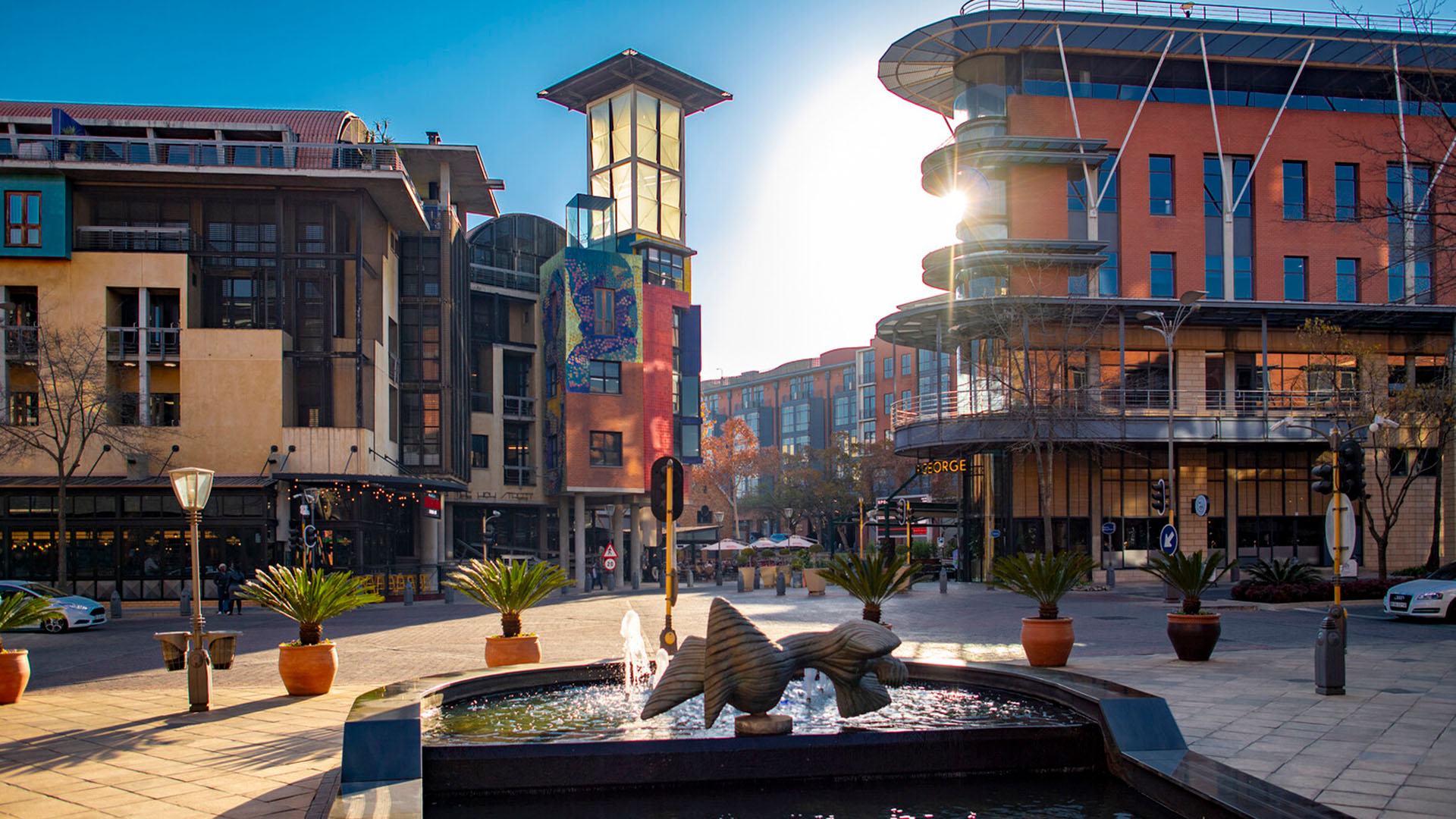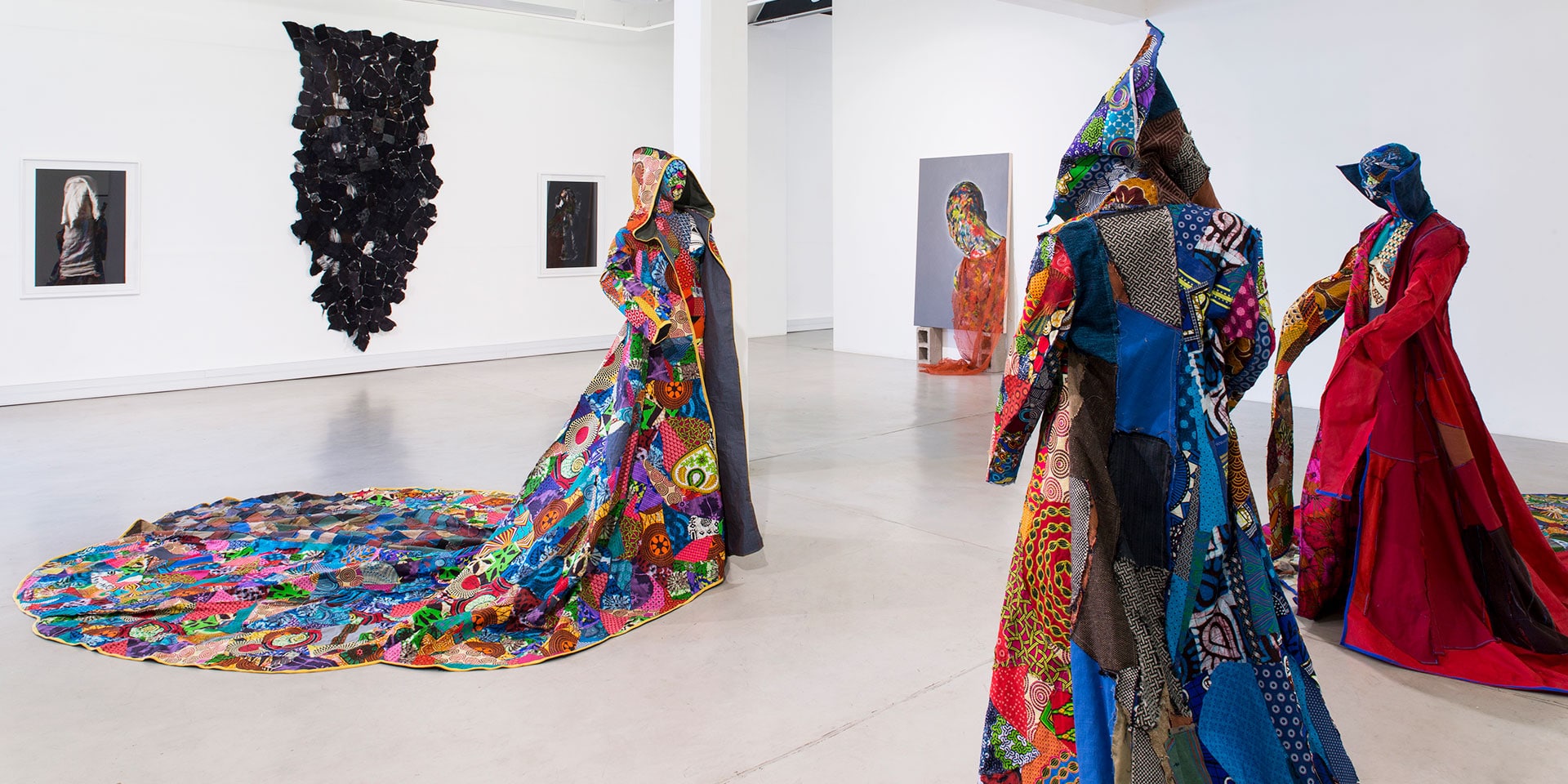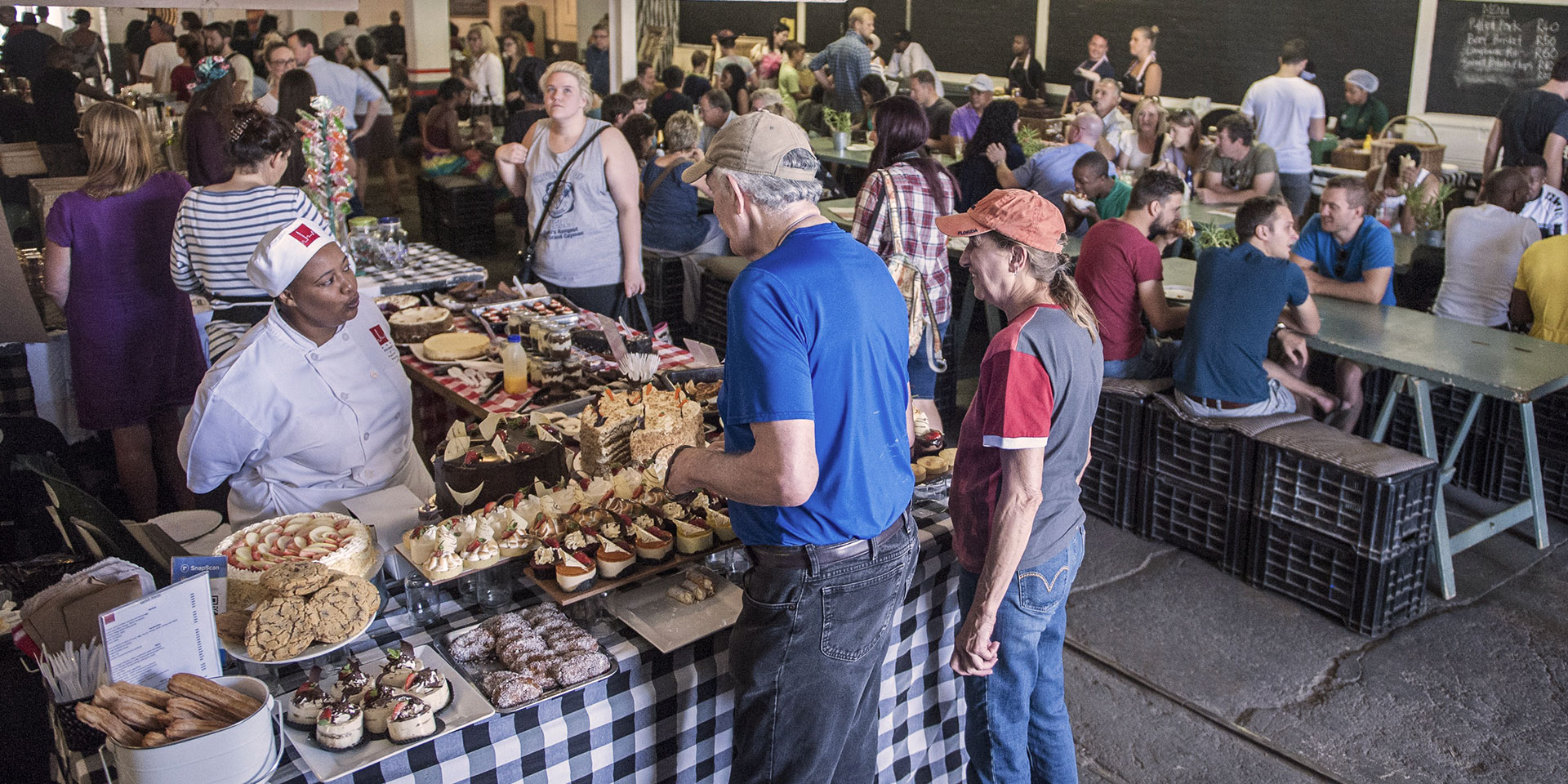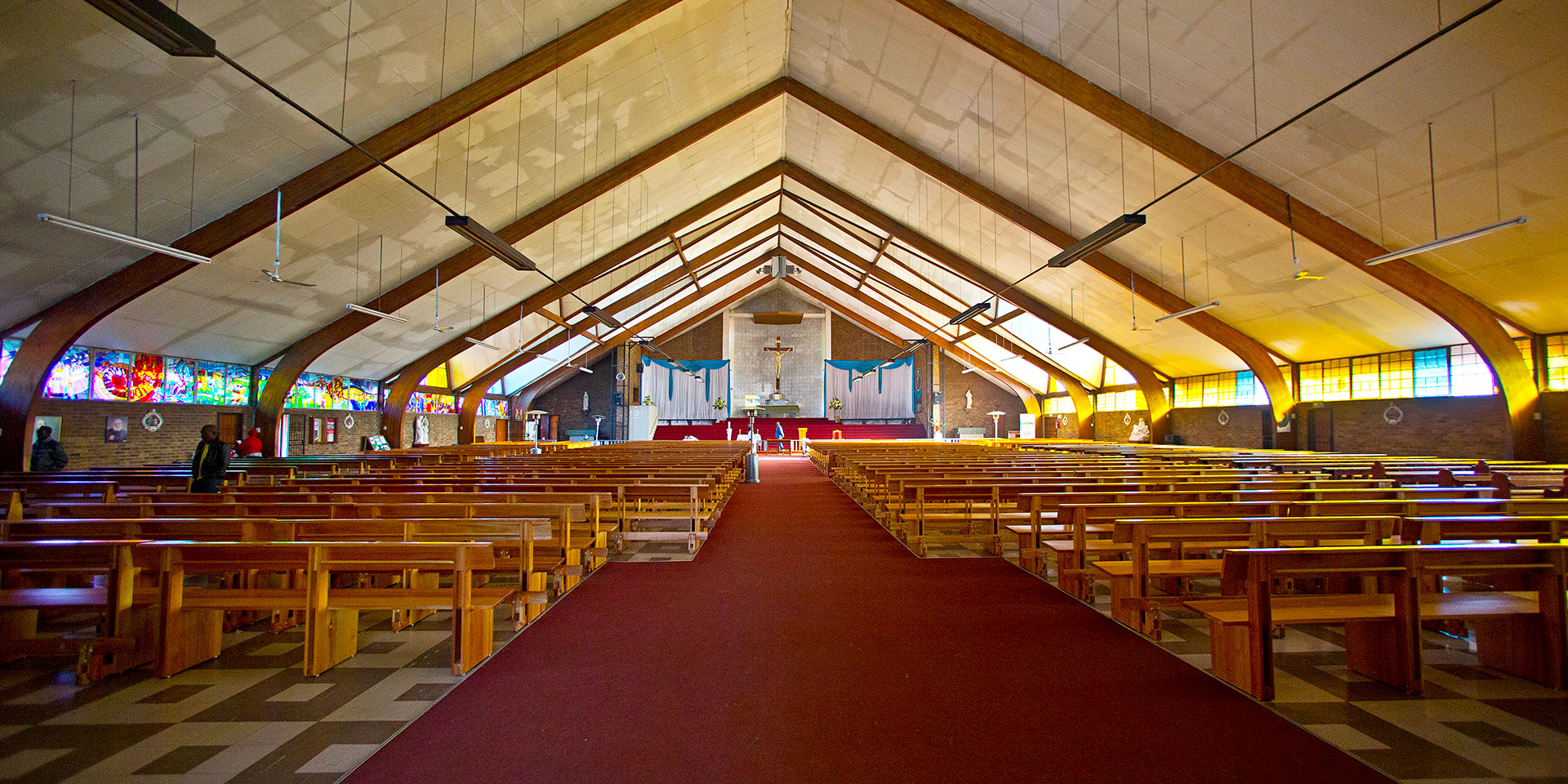
Regina Mundi Church served as a gathering place for people before, during and after the anti-apartheid struggle. (Photo: Getty Images)
JohannesburgTraveling to Johannesburg? Don’t Miss the Best of the Soweto Township
By Kiratiana FreelonOutside of South Africa, the word Soweto conjures up the most powerful image of the resistance against apartheid: an 18-year-old carrying the body of a 13-year-old boy fatally shot by South African police during a 1976 protest in the Soweto township. More than 150 students died in those protests. When that image spread across the world, “Soweto” came to symbolize the divisions of apartheid.
These days Soweto is not only a hub of black South Africa’s history of resistance, but it is also the main gateway to traditional South African food and contemporary black culture in Johannesburg. Visitors can not only learn about the township’s painful past, but also eat in restaurants and buy homemade designer clothes that point toward Soweto’s future.
Soweto, which is an acronym for “South Western Townships,” is a conglomerate of communities that sits southwest of Johannesburg. During apartheid the South African government planned townships outside of large cities as suburban areas reserved for African laborers.
Over time the black communities became hotbeds of activism against the apartheid government. Nelson Mandela lived there with his first wife, Winnie, and organized his early activism in the township. Steve Biko, now an international symbol of the black consciousness movement, helped organize various protests before his untimely death.
Until the mid-90s the communities always suffered from underdevelopment, with poor housing, overcrowding, high unemployment and poor infrastructure. But recent government investment has given rise to middle-class communities
Soweto has emerged almost like another city within Johannesburg, with more than 2.3 million black South Africans of all social classes living there. Here’s where to experience Soweto attractions.
Regina Mundi Church
This is the largest Catholic church in South Africa and served as a gathering place for people before, during and after the anti-apartheid struggle. During the student uprising of 1976, students fled to the church for safety, but South African police fired on them inside the church.
The walls of the church still bear signs of the shootings. One of the most interesting artifacts is a painting “The Madonna and Child of Soweto,” which depicts a black Virgin Mary holding the black child Jesus.
Nelson Mandela Museum
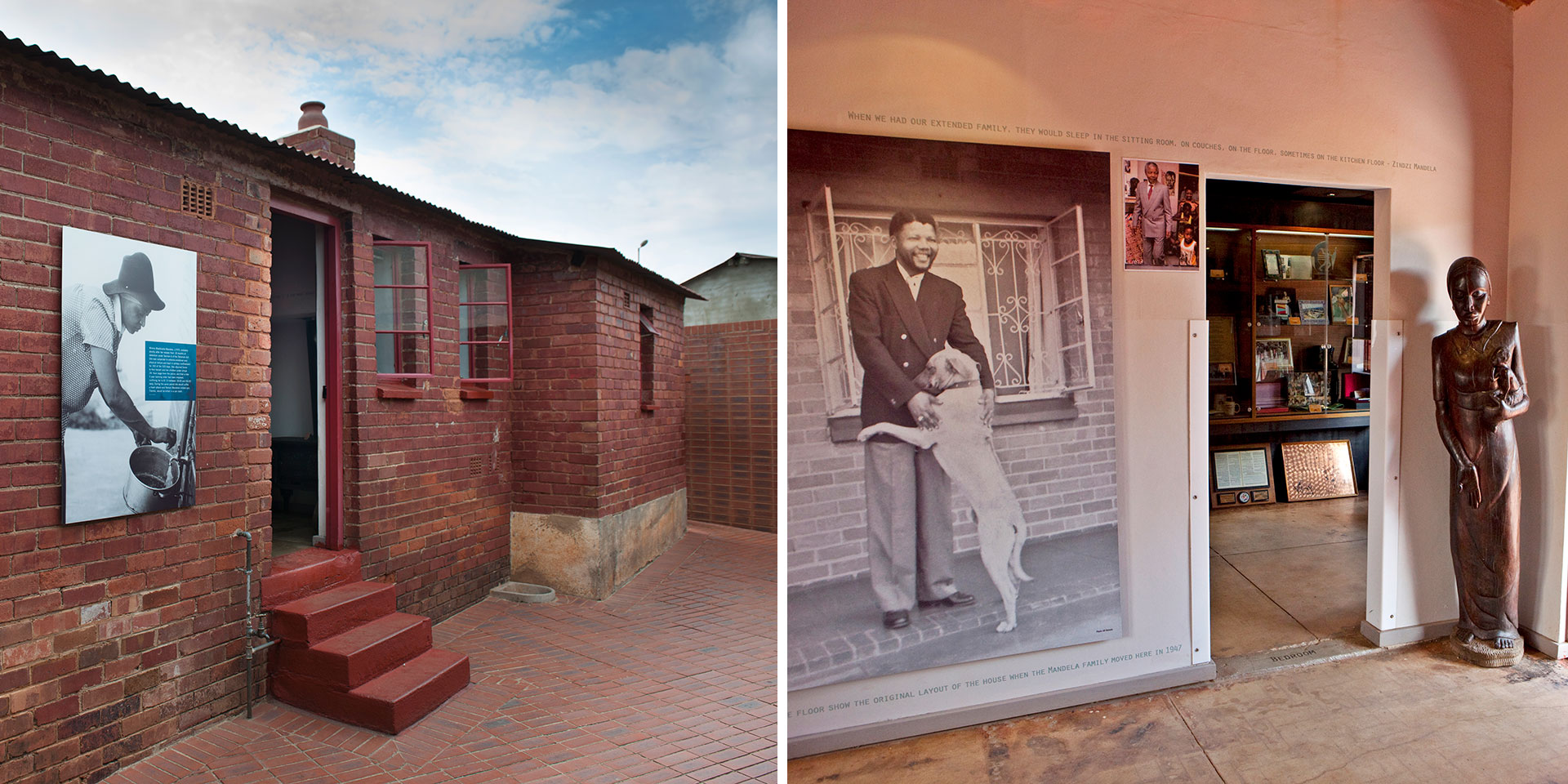
This museum is housed in the space President Nelson Mandela lived from 1946 to 1962. It is a single-story redbrick matchbox, a typical style of house that the South African government built for black South Africans when they forced them out of mixed-race communities. The house sits up the road from the house of Archbishop Emeritus Desmond Tutu.
Hector Pieterson Memorial and Museum
This is where the famous student uprising took place on June 16, 1976. African students peacefully protested a new law requiring that they be taught in Afrikaans, the language of the Apartheid government.
Now June 16 is Youth Day, a national public holiday in South Africa, and this memorial and museum honors “the youth who gave their lives in the struggle for freedom and democracy.”
The museum contains a moving collection of oral testimonies, pictures, audiovisual displays and historical documents relating to the events of 1976. Exhibits explain the reason for the protests and their aftermath.
Sakhumzi
This restaurant serves up traditional South African food, a rarity in Johannesburg. The buffet lunch is popular with locals and tourists alike. Try the mutton stew, umleqwa (traditional-style steamed chicken) and mealie pap.
Shova Lifestyle Boutique/Soweto Travel Bar
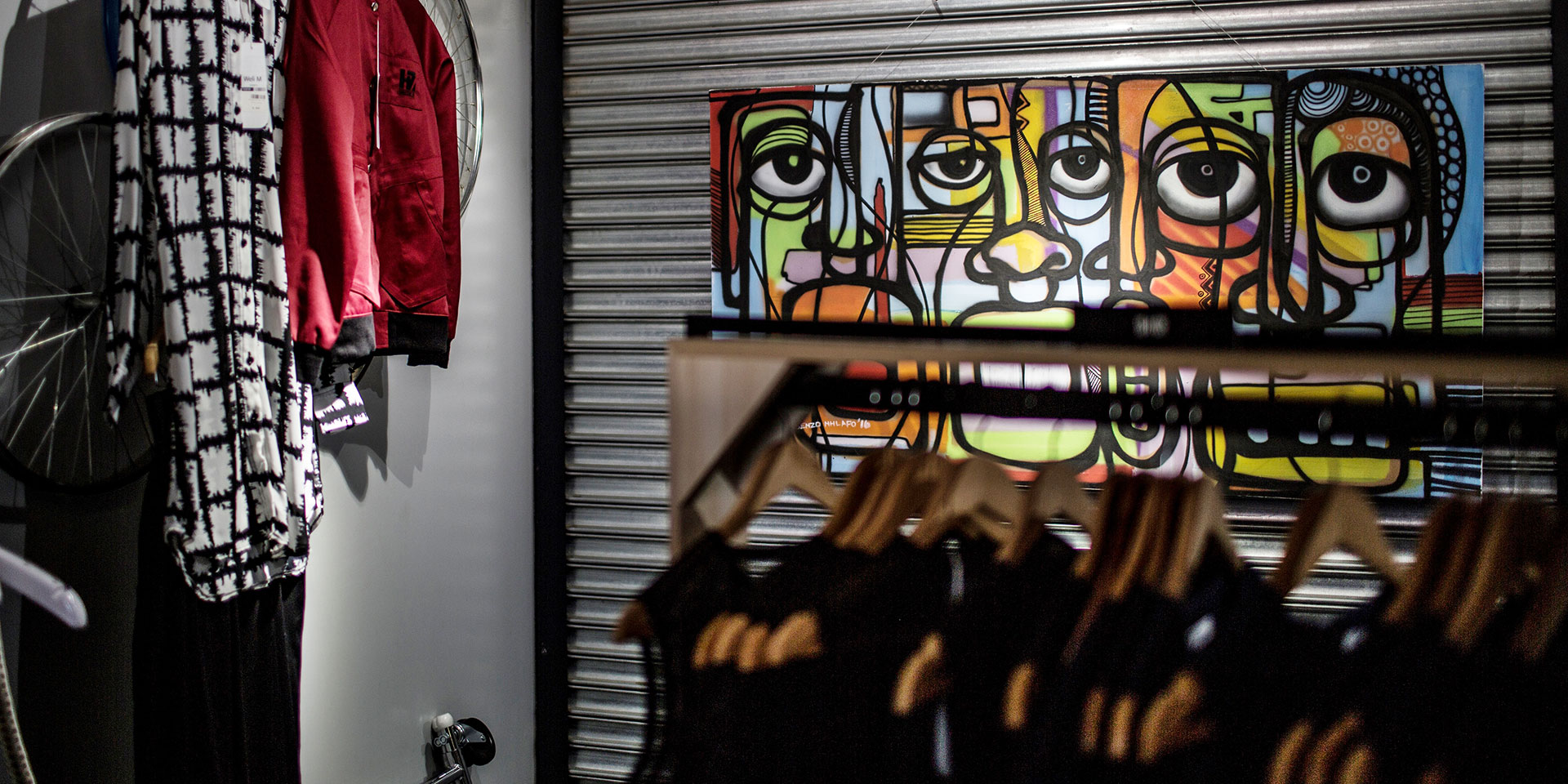
This concept store is a hub for travel information, African art and designer clothes. The shop is located on Vilakazi Street, the best-known street in Soweto because of its famous residents, Nelson Mandela and Desmond Tutu, as well as its popular modern shops and restaurants.
Kliptown Open Air Museum
In 1955 the African National Congress, a political party of blacks who opposed apartheid, introduced the Freedom Charter in Kliptown. The document set the stage for a non-racial South Africa that provided equal rights to all.
“Land to be given to all landless people, “living wages and shorter hours of work” and “free and compulsory education, irrespective of color, race or nationality” are incuded in the document. The outdoor museum takes people through the history of the charter and how it was drafted.





